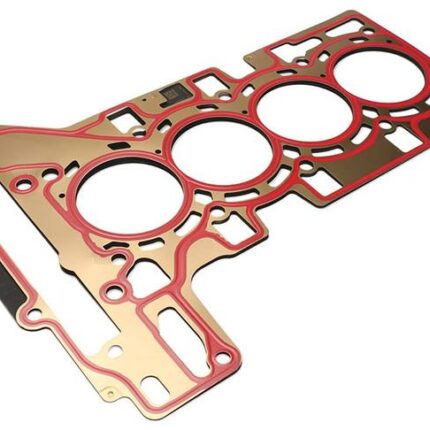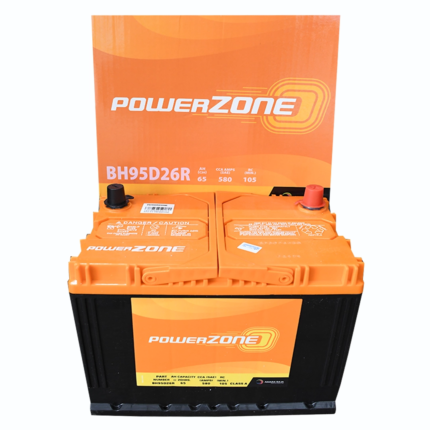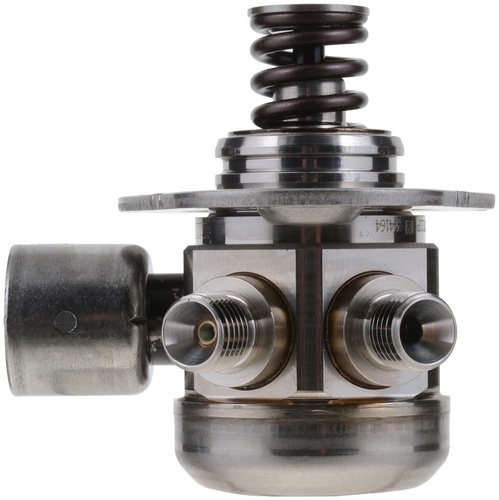-5%
Get BMW F15 X5 xDrive40e N20 2.0L High Pressure Fuel Pump 13518604229 in Kenya
The high-pressure fuel pump (HPFP) is a crucial component in modern fuel injection systems, particularly in gasoline direct injection (GDI) and diesel engines. It ensures that fuel is delivered to the engine at extremely high pressures, allowing for better combustion, improved efficiency, and enhanced performance.
Unlike traditional low-pressure fuel pumps, which only transport fuel from the fuel tank to the engine, the HPFP pressurizes fuel to thousands of PSI before delivering it to the injectors. This high pressure is essential for modern engines to achieve better fuel atomization, increased power output, and reduced emissions.
In this guide, we’ll explore the function, types, common issues, and maintenance tips for high-pressure fuel pumps.
2. What is a High-Pressure Fuel Pump?
A high-pressure fuel pump is a mechanical or electronically controlled pump responsible for increasing fuel pressure to the levels required by direct fuel injection systems. Unlike traditional port fuel injection systems, which operate at lower pressures (40-60 PSI), GDI and diesel engines need extremely high pressures (up to 3,000 PSI or more) for optimal combustion.
Key Functions of a High-Pressure Fuel Pump:
✅ Pressurizes Fuel – Raises the pressure of fuel before it enters the fuel injectors.
✅ Ensures Precise Fuel Delivery – Works with the engine control unit (ECU) to provide the right amount of fuel at the right time.
✅ Enhances Fuel Atomization – The high pressure helps fuel mix with air more efficiently, leading to better combustion.
✅ Improves Fuel Efficiency and Performance – Delivers better power and lower emissions.
3. How Does a High-Pressure Fuel Pump Work?
A. Fuel Flow Process:
- Low-Pressure Fuel Pump (LPFP) – Fuel is initially delivered from the fuel tank by a low-pressure pump (typically around 40-60 PSI).
- High-Pressure Fuel Pump (HPFP) – The HPFP takes the low-pressure fuel and pressurizes it to 1,500-3,000 PSI (or higher).
- Fuel Rail and Injectors – Pressurized fuel is sent to the fuel rail, where injectors spray it directly into the combustion chamber.
- ECU Control – The Engine Control Unit (ECU) monitors fuel demand and adjusts the pump’s operation accordingly.
B. Mechanical vs. Electric HPFPs:
- Mechanical HPFP: Driven by the camshaft or crankshaft, commonly found in diesel and direct-injected gasoline engines.
- Electric HPFP: Uses electric motors, often found in modern hybrid and high-performance vehicles.
4. Types of High-Pressure Fuel Pumps
A. Gasoline Direct Injection (GDI) HPFP
- Found in modern gasoline engines.
- Works at 1,500–2,500 PSI to inject fuel directly into the combustion chamber.
- Provides better power and efficiency than port injection.
B. Diesel HPFP
- Used in common rail diesel systems (CRDi).
- Operates at 3,000–30,000 PSI for precise fuel atomization.
- Enables cleaner emissions and increased torque.
C. High-Performance HPFP
- Found in turbocharged and supercharged engines.
- Helps support higher fuel demands in tuned or high-output vehicles.
5. Benefits of a High-Pressure Fuel Pump
A. Improved Fuel Efficiency
- Direct injection allows better fuel control, reducing wastage.
- Less unburned fuel means better mileage and lower emissions.
B. Enhanced Engine Performance
- High-pressure fuel atomization leads to more efficient combustion.
- Provides more power, better throttle response, and increased torque.
C. Lower Emissions
- Burns fuel more completely, reducing CO₂ and NOx emissions.
- Helps engines meet strict emission standards.
D. Supports Turbocharged Engines
- Works well with forced induction systems, ensuring fuel is delivered under high boost conditions.
6. Common Problems with High-Pressure Fuel Pumps
Despite their advantages, HPFPs can fail due to wear and tear, poor maintenance, or fuel contamination.
A. Fuel Pump Failure Symptoms:
🔴 Loss of Power – Engine struggles to accelerate or feels sluggish.
🔴 Engine Misfires – Poor fuel delivery results in incomplete combustion.
🔴 Check Engine Light (CEL) – ECU detects pressure issues and triggers a warning.
🔴 Hard Starting or No Start – Lack of fuel pressure prevents ignition.
🔴 Poor Fuel Economy – A faulty HPFP can cause excessive fuel consumption.
B. Causes of HPFP Failure:
- Fuel Contamination – Dirt, debris, or water in fuel can clog the pump.
- Low-Quality Fuel – Poor fuel can lead to carbon buildup in injectors.
- Wear and Tear – The high-stress environment can cause mechanical failure.
- Faulty Fuel Pressure Regulator – May cause too much or too little pressure.
- Electrical Issues – Bad sensors or wiring can affect pump performance.
7. High-Pressure Fuel Pump Maintenance
Proper maintenance can extend the life of your HPFP and keep your engine running smoothly.
A. Use High-Quality Fuel
✔ Avoid low-grade or contaminated fuel that can damage the pump.
✔ Consider using fuel additives to clean the system.
B. Change Fuel Filters Regularly
✔ A clogged fuel filter can starve the HPFP of fuel.
✔ Replace the fuel filter every 15,000-30,000 km (check manufacturer’s guidelines).
C. Regular Engine Servicing
✔ Routine maintenance helps detect fuel pressure issues early.
✔ Ensure the fuel pump is inspected during every major service.
D. Avoid Running on Low Fuel
✔ Running on empty can cause air pockets to form, leading to pump failure.
✔ Keep the fuel tank at least ¼ full to maintain proper fuel flow.
E. Check for Fuel Leaks
✔ Inspect for fuel leaks or unusual smells around the engine bay.
✔ A leaking fuel pump can lead to fire hazards or performance issues.
8. Replacing a High-Pressure Fuel Pump
If your HPFP is failing, replacement is often the best option.
A. Steps for HPFP Replacement:
- Depressurize the Fuel System – Disconnect the fuel pump fuse and let the engine run out of fuel.
- Remove the Old HPFP – Disconnect electrical connectors and fuel lines.
- Install the New HPFP – Ensure proper alignment and torque specifications.
- Test the System – Start the engine and check for fuel leaks.
Tip: Always use OEM or high-quality aftermarket fuel pumps to ensure longevity.
9. Conclusion
The high-pressure fuel pump is a critical component in modern engines, ensuring that fuel is delivered at optimal pressure for better efficiency, power, and emissions control. Proper maintenance, using quality fuel, replacing filters, and regular inspections, can help extend the pump’s life and prevent costly repairs.
Follow us on Facebook for more parts.




Reviews
Clear filtersThere are no reviews yet.